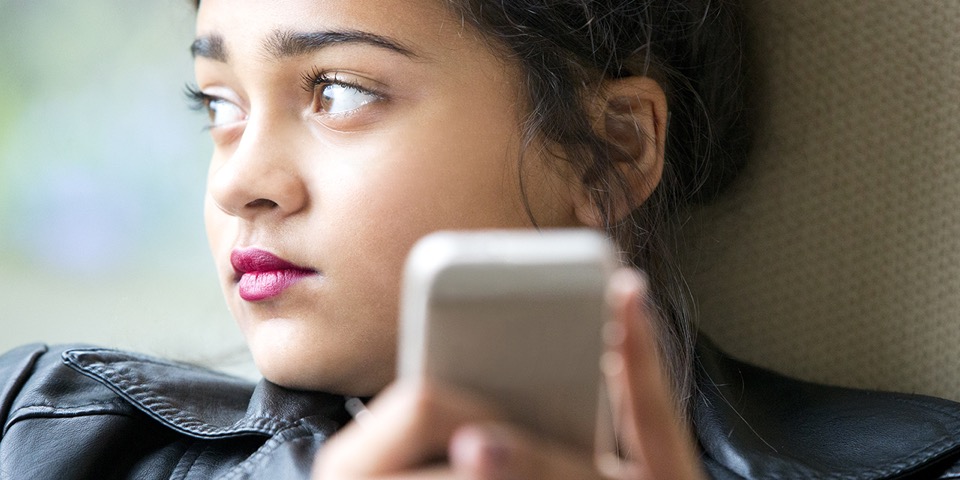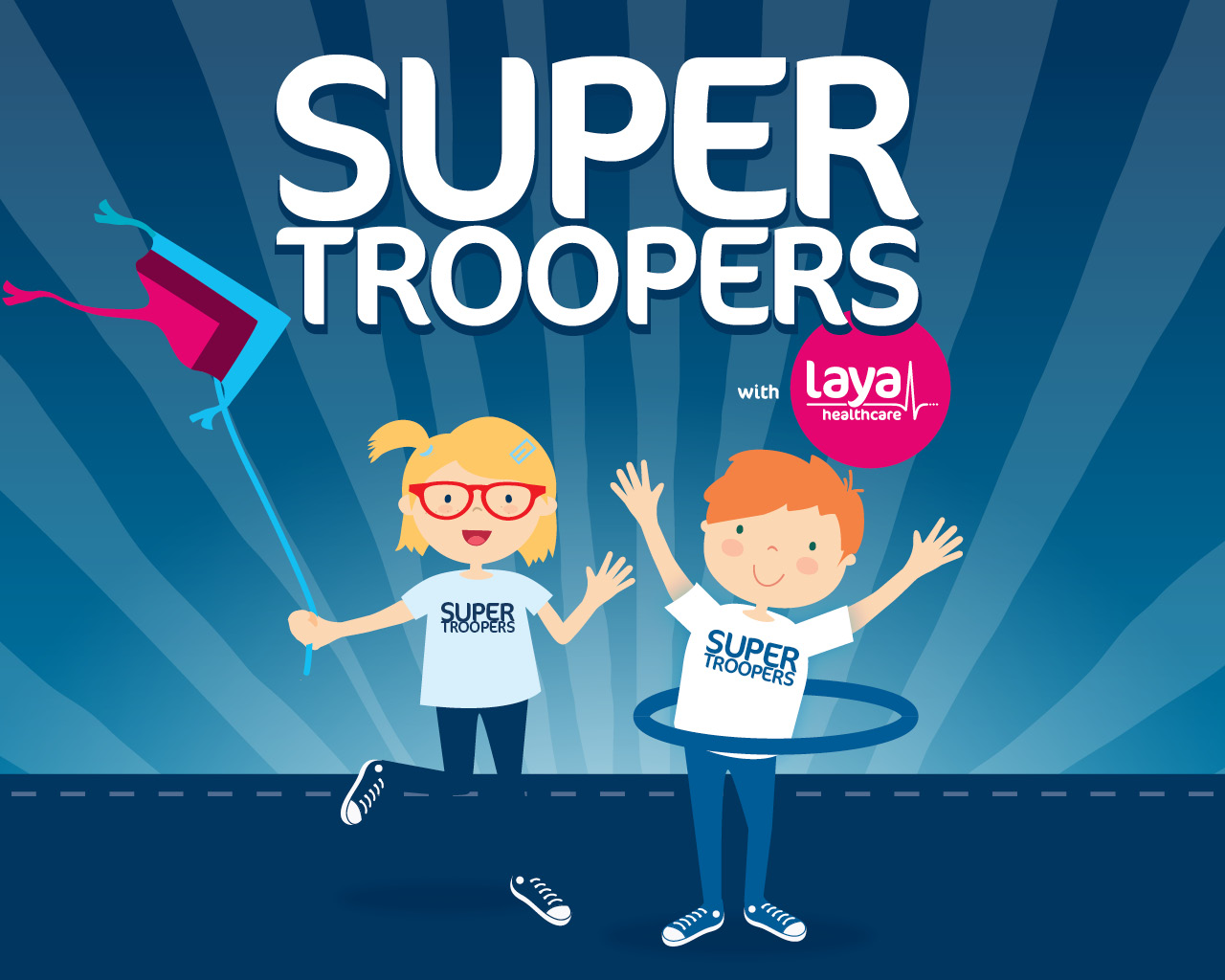‘Sexting’ or ‘sex texting’ refers to sending sexually explicit messages, images and/or videos via digital means. Primarily such ‘sexts’ are sent using mobile phones and/or social messaging applications such as Snapchat, Viber and WhatsApp etc.
You may have heard of high profile sexting cases over the years, such as that of golfer Tiger Woods or American Politician Anthony Weiner. Each week we read about a celebrity who’s imitate pictures have now been leaked; coincidentally often just as their careers are failing! This sets a culture where sexting is seen as the norm among young adults and even children.
Scale of the Problem
From my experience having visited over 600 schools across Ireland, Irish children are very aware of the phenomenon of sexting. Consistent with international research from Australia, USA and the UK, sexting is more common among secondary school children than primary school children. However, I have been made aware of cases in Ireland where children as young as 10 years of age have engaged in sexting.
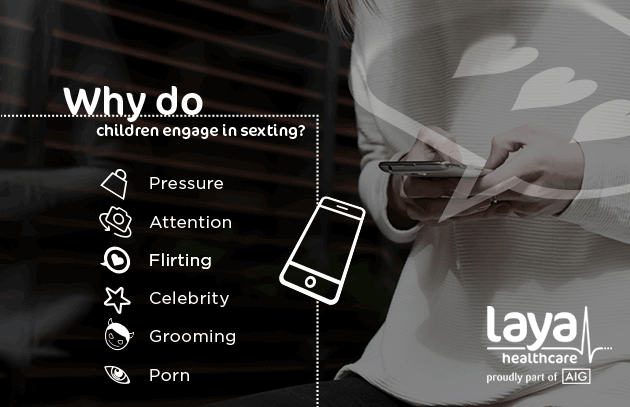
Why do children engage in Sexting?
There are many reasons why children engage in sexting. The following are some of the main ones I have observed;
Due to pressure from a boyfriend/girlfriend/friends or as a means of demonstrating commitment in a relationship –where they often believe it will be kept private;
Imitating celebrities that they may follow on sites such as Twitter or Instagram etc.;
To show off or get attention (e.g. ‘selfies’ or ‘belfies’);
To entice someone or flirt;
Groomed by an adult;
Due to exposure to pornography online, where such images become normalised and thus contribute to the sharing or demanding of self-generated images.
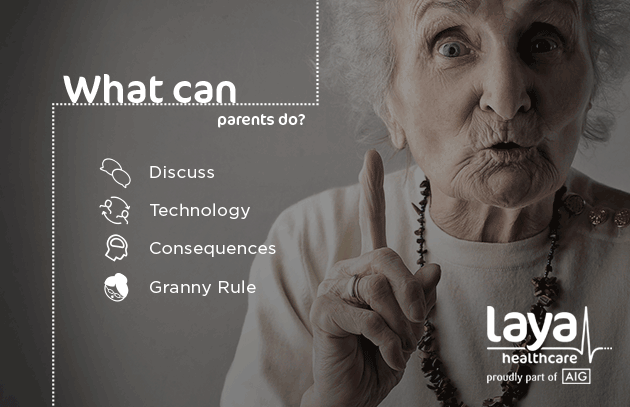
What do parents need to be aware of?
As children are not neurologically equal to adults (decision making, judgement, impulse control etc. are still maturing), it can be difficult for them to grasp the long term consequences of their often impulsive actions. As parents we need to teach our children how to take responsibility for their actions.
Have open conversations about personal responsibility, boundaries and how to deal with peer pressure. Such conversations should occur throughout children’s lives and not just when an issue arises;
Explain that once they send something online/through their devices they lose control of that material –it can be copied, printed out in real life, shared on other sites and with other people. In recent years there has been a dramatic increase in the amount of ‘revenge porn sites’ hosting sexts;
Outline the consequences of sexting, both legal and psychological. Sending sexts can harm their dignity and reputation and potentially affect job and college prospects. Use case examples that they can relate to (e.g. the case of Jessica Logan in Cincinnati, Ohio, the film ‘Sexting in Suburbia’, 2012, PG-13 and the MTV series ‘Sexting in America: When Privates go Public’, R13);
Encourage your child to count to five before they hit send and employ the ‘Nana Rule’ when sharing online; what actions and decisions would you make if your grandmother was standing right behind you?
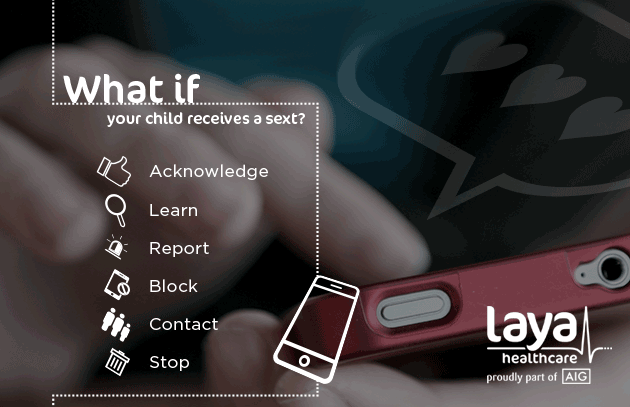
What should you do if your child has sent a sext?
Find out why this message was sent. As indicated above the reasons people send sexts differ; was it within a romantic relationship, was it sent impulsively, was it sent out of revenge after a relationship ended, was the young person forced?;
Depending on the reason the message was sent and the age/s of the individual/s involved the Gardaí may need to be notified (i.e. in the case of an adult forcing a minor);
If the recipient of the message is a friend of the young person, the young person should ask them, in person, to delete the message;
If the message has been sent online, contact the website to have the image removed;
Support your child as they deal with the psychological effects of knowing their image is ‘out there'
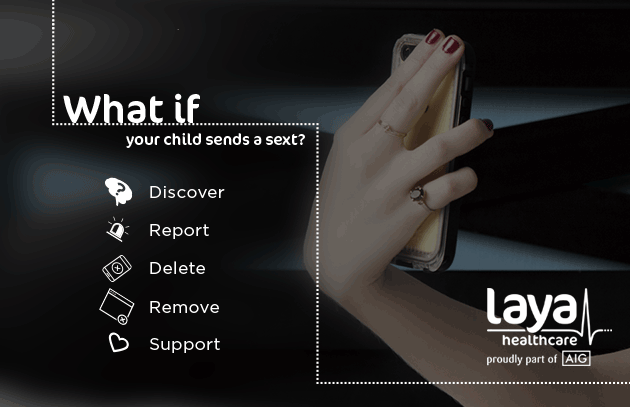
What should you do if your child receives a sext?
Firstly, commend your child for coming forward and telling you about it; they have done the right thing;if possible establish who sent the message –a friend, girlfriend, boyfriend, stranger;
Depending on the age/s of the individual/s involved the Gardaí may need to be notified (i.e. in the case of an adult sending material to a minor);
If the sender is a stranger, advise your child not to respond and block the sender. You can report sexually explicit and/or distressing pictures you receive to Hotline.ie, an anonymous facility run by the Internet Service Providers Association of Ireland www.hotline.ie
If the sender is a friend of your child’s, you should contact their parents so they can talk to their child;
Make sure your child does not forward the massage to anyone else or share it through any other digital means.


